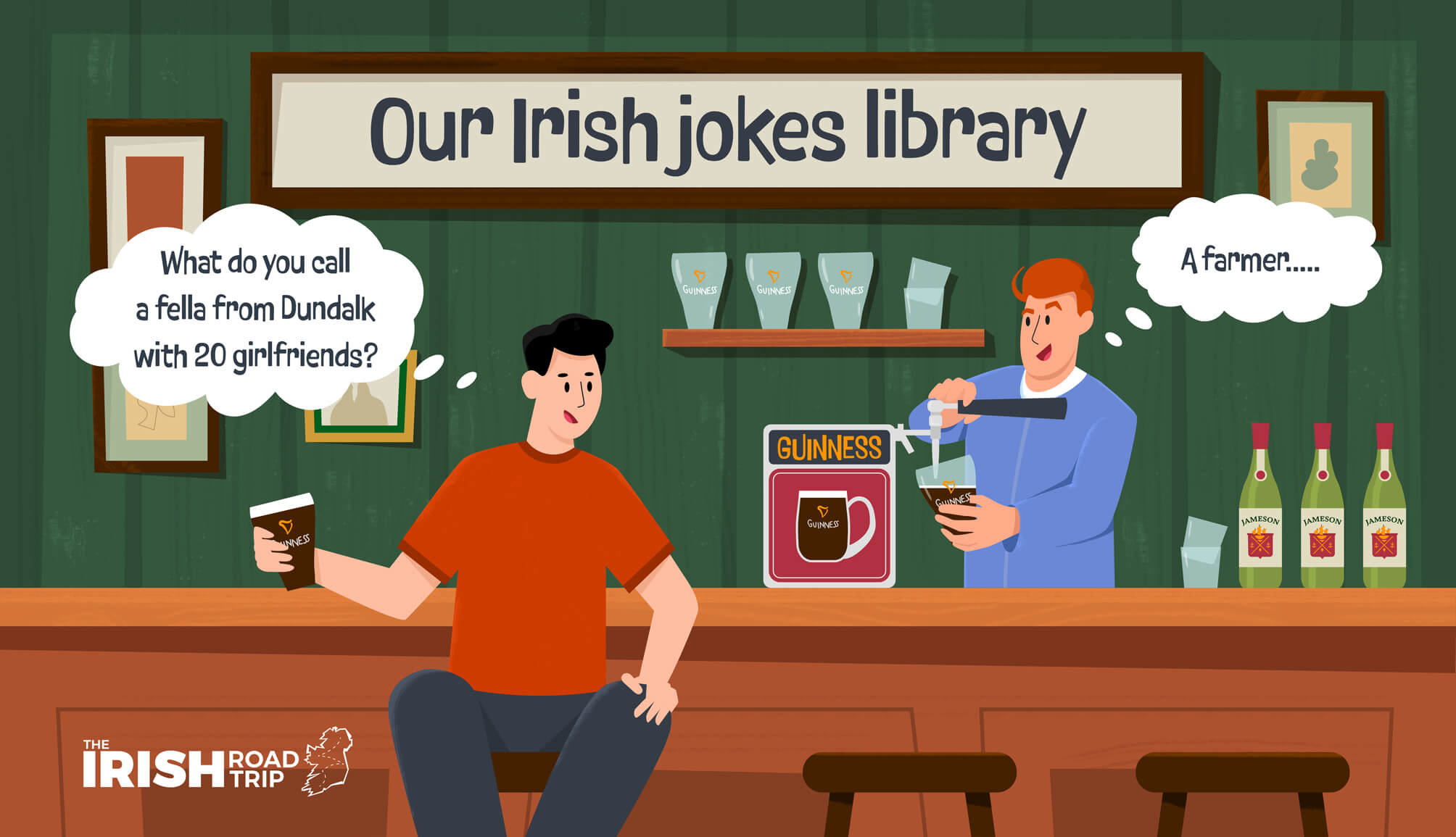Humor is a universal language that transcends borders, cultures, and generations. At the heart of this delightful form of communication are jokes—short, witty, and often unexpected pieces of humor that bring laughter and joy to our lives. Jokes have been a part of human culture for centuries, evolving from ancient quips to modern memes. In this article, we’ll explore the art and science of jokes, why they make us laugh, and how they continue to enrich our lives.
1. The Anatomy of a Joke
At its core, a joke is a clever arrangement of words designed to elicit laughter. Most jokes follow a basic structure that includes a setup and a punchline. The setup introduces a scenario or premise, while the punchline delivers an unexpected twist or resolution. This surprise element is key to the joke’s humor.
For example, consider the classic joke: “Why don’t scientists trust atoms? Because they make up everything!” The setup involves a question about scientists and atoms, while the punchline provides an amusing twist that plays on the dual meaning of “make up.”
2. The Psychology of Laughter
Laughter is a complex psychological and physiological response that can be triggered by various stimuli, including jokes. When we hear a joke, our brains process the setup and anticipate a certain outcome. The punchline disrupts this expectation, leading to a moment of surprise or absurdity. This cognitive shift often results in laughter as our brains release endorphins, creating a sense of pleasure and relief.
The theory of incongruity, which suggests that humor arises from the discrepancy between what we expect and what actually happens, is central to many jokes. By playing with language, expectations, and context, jokes exploit these incongruities to produce laughter.
3. Types of Jokes
Jokes come in various forms, each with its own unique style and appeal. Here are some popular types:
- Puns: These jokes rely on wordplay and the multiple meanings of words. For instance, “I used to be a baker, but I couldn’t make enough dough” plays on the dual meanings of “dough” (bread mixture and money).
- One-Liners: These jokes are brief and impactful, delivering humor in a single sentence. For example, “I told my wife she was drawing her eyebrows too high. She looked surprised.”
- Knock-Knock Jokes: A classic format often enjoyed by children, these jokes follow a call-and-response pattern. For instance, “Knock knock.” “Who’s there?” “Lettuce.” “Lettuce who?” “Lettuce in, it’s freezing out here!”
- Observational Jokes: These jokes draw humor from everyday situations and common experiences. Comedians like Jerry Seinfeld are known for their observational humor, which often highlights the quirks of daily life.
- Dad Jokes: Characterized by their simplicity and often groan-inducing nature, dad jokes are pun-laden and straightforward. An example is, “Why did the scarecrow win an award? Because he was outstanding in his field!”
4. The Cultural Impact of Jokes
Jokes have a significant cultural impact, reflecting and shaping societal values and norms. They can provide commentary on social issues, challenge stereotypes, and offer a way to cope with difficult situations. Throughout history, jokes have been used to address political and social commentary, often using humor as a tool for resistance or critique.
In popular culture, jokes and comedic routines play a vital role in entertainment. Stand-up comedians, sitcoms, and comedy films rely on humor to engage audiences and evoke emotional responses. The success of many comedic works often hinges on their ability to connect with viewers through shared experiences and relatable humor.
5. The Evolution of Jokes in the Digital Age
With the rise of the internet and social media, the landscape of humor has transformed significantly. Memes, viral videos, and tweets have become modern equivalents of traditional jokes, allowing humor to spread rapidly and reach a global audience. Social media platforms like Twitter and Instagram are now breeding grounds for new jokes and comedic trends, enabling people to share and create content in real time.
The digital age has also introduced new forms of humor, such as internet slang and trends. For instance, jokes that incorporate memes or trending topics often go viral, reflecting the fast-paced and ever-changing nature of online culture.
6. The Power of Jokes in Social Interactions
Jokes play an important role in social interactions, helping to build connections and ease tensions. Sharing a joke can break the ice, foster camaraderie, and create a positive atmosphere. In professional settings, humor can enhance teamwork and improve communication, making it easier to navigate challenges and build relationships.
However, it’s important to consider the context and audience when telling jokes. What may be humorous to one person might not be to another, and some jokes may unintentionally offend or exclude others. Being mindful of the impact of humor and ensuring that it is inclusive and respectful is crucial in maintaining positive social interactions.
7. Crafting Your Own Jokes
If you’re inspired to create your own jokes, start by observing the world around you and identifying amusing or unusual situations. Play with language, experiment with different formats, and don’t be afraid to test your jokes on friends and family. Remember that humor is subjective, and what makes one person laugh might not work for another. The key is to enjoy the process and embrace the creativity that comes with crafting jokes.
Conclusion
Jokes are a cherished part of human culture, providing laughter, joy, and connection. From their simple setups and punchlines to their profound cultural impact, jokes continue to enrich our lives and bring people together. Whether you’re enjoying a classic one-liner, sharing a viral meme, or crafting your own humorous creations, the power of jokes lies in their ability to evoke laughter and connect us through shared experiences and insights. So, the next time you hear a good joke, remember that you’re participating in a timeless tradition of humor that spans across cultures and generations.
